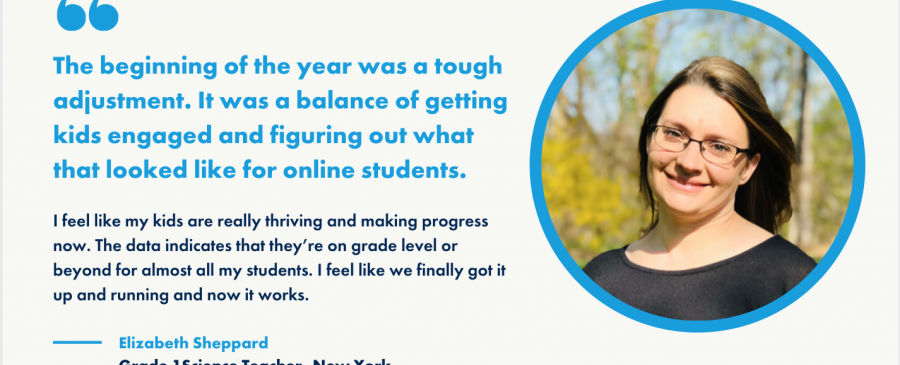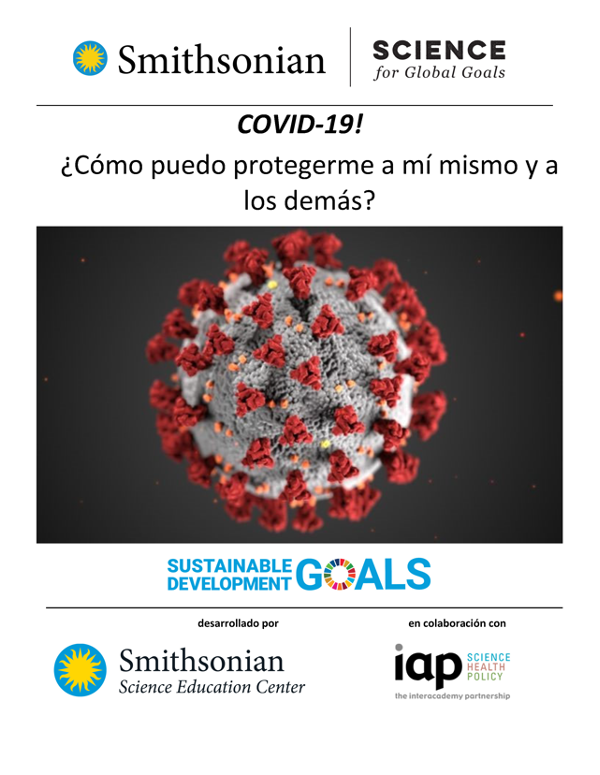As this year’s Black History Month theme explores representation, identity and diversity, we spoke with several educators and former STEM Education Summit participants on how these subjects impact the classroom experience of marginalized students, and in turn, conceptualize their world view.
We asked five science, technology, engineering and mathematics professionals why representation and diversity is necessary for STEM education and can create an equitable future for the industry.
--
VeRonica R. Mitchell: Global Lead Engineering Manager, General Motors
Veronica Mitchell notes three things that need to change about the STEM industry to make it more inclusive: awareness, access to education, and role models.
“Youths of all backgrounds, particularly those from underrepresented groups, need to understand the types of opportunities that are in that space.”
Mitchell believes students should be given opportunities to explore passions and identify natural aptitudes for a variety of interests or careers.

VeRonica R. Mitchell: Global Lead Engineering Manager, General Motors



 COVID-19! How Can I Protect Myself and Others? is translated into 25 languages including Spanish.
COVID-19! How Can I Protect Myself and Others? is translated into 25 languages including Spanish.



